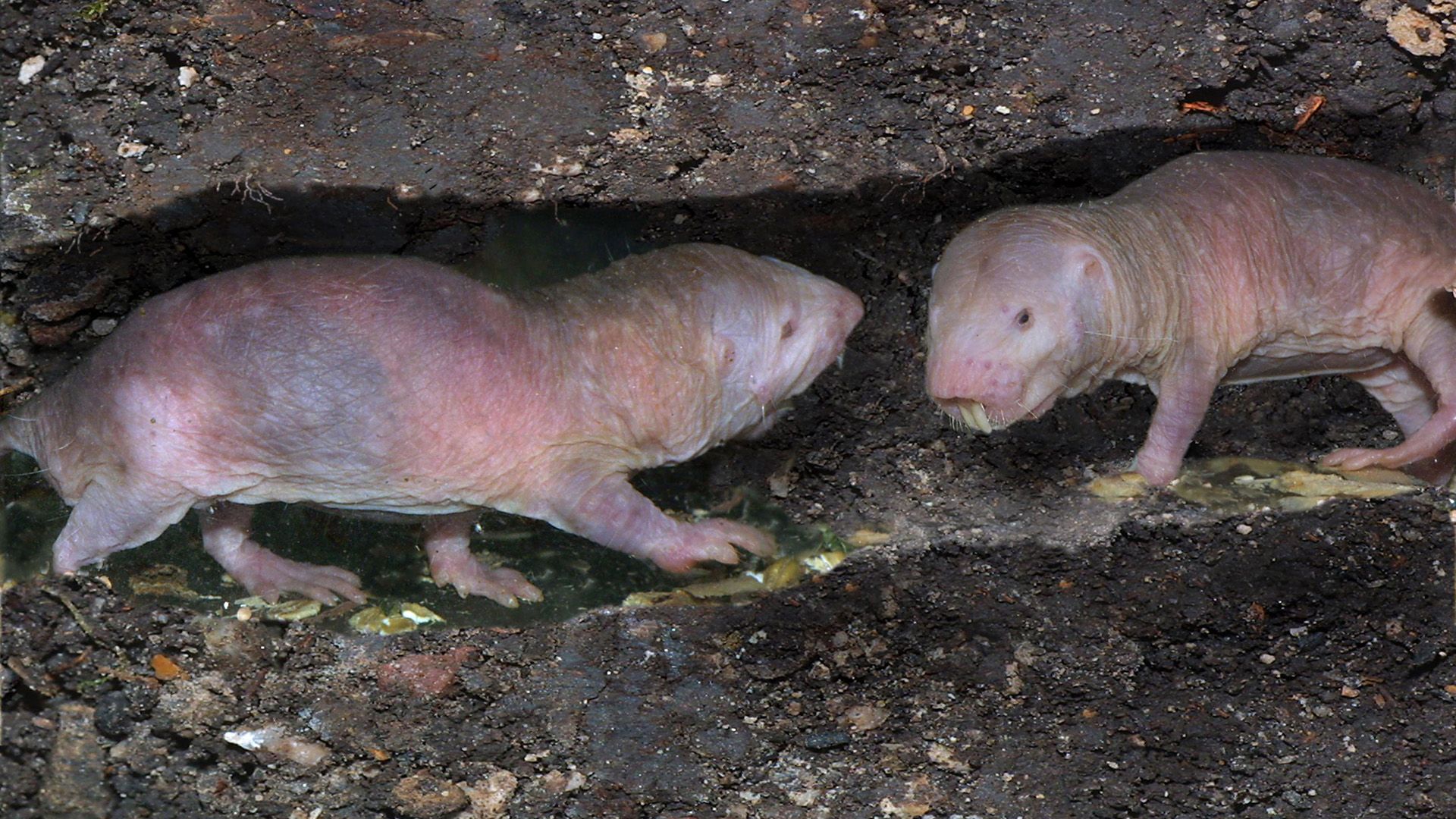Axolotl (Ambystoma mexicanum)
The axolotl is an amazing amphibian, always young. This salamander, which lives in a limited number of Mexican waters, retains its larval features throughout its life, including external gills resembling fine branches.But what is truly remarkable is the axolotl's regenerative ability. It can regenerate lost limbs, the tail, heart fragments, the spinal cord, and even visual organs without any trace of scars. Thanks to this unique gift, the axolotl has become a subject of great interest to scientists.
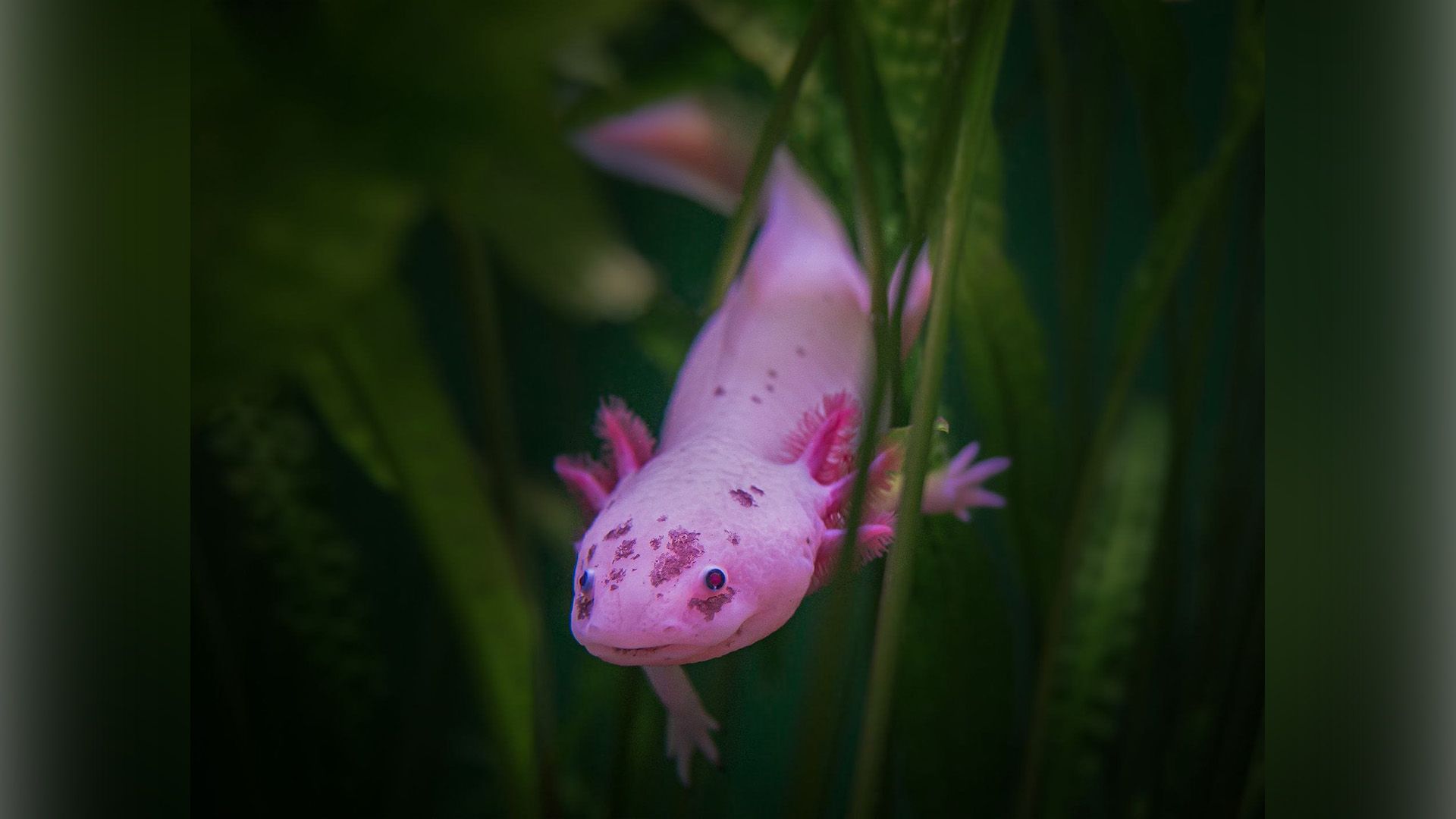
Star-Nosed Mole (Condylura cristata)
This small insectivorous mammal from North America got its name due to its unusual nose, surrounded by 22 fleshy and flexible rays.This "star-shaped" nose is an exceptionally sensitive organ of touch, allowing the star-nosed mole to quickly detect prey in soil and water. It can identify and consume an insect in just a fraction of a second, making it one of the fastest hunters in the animal world.
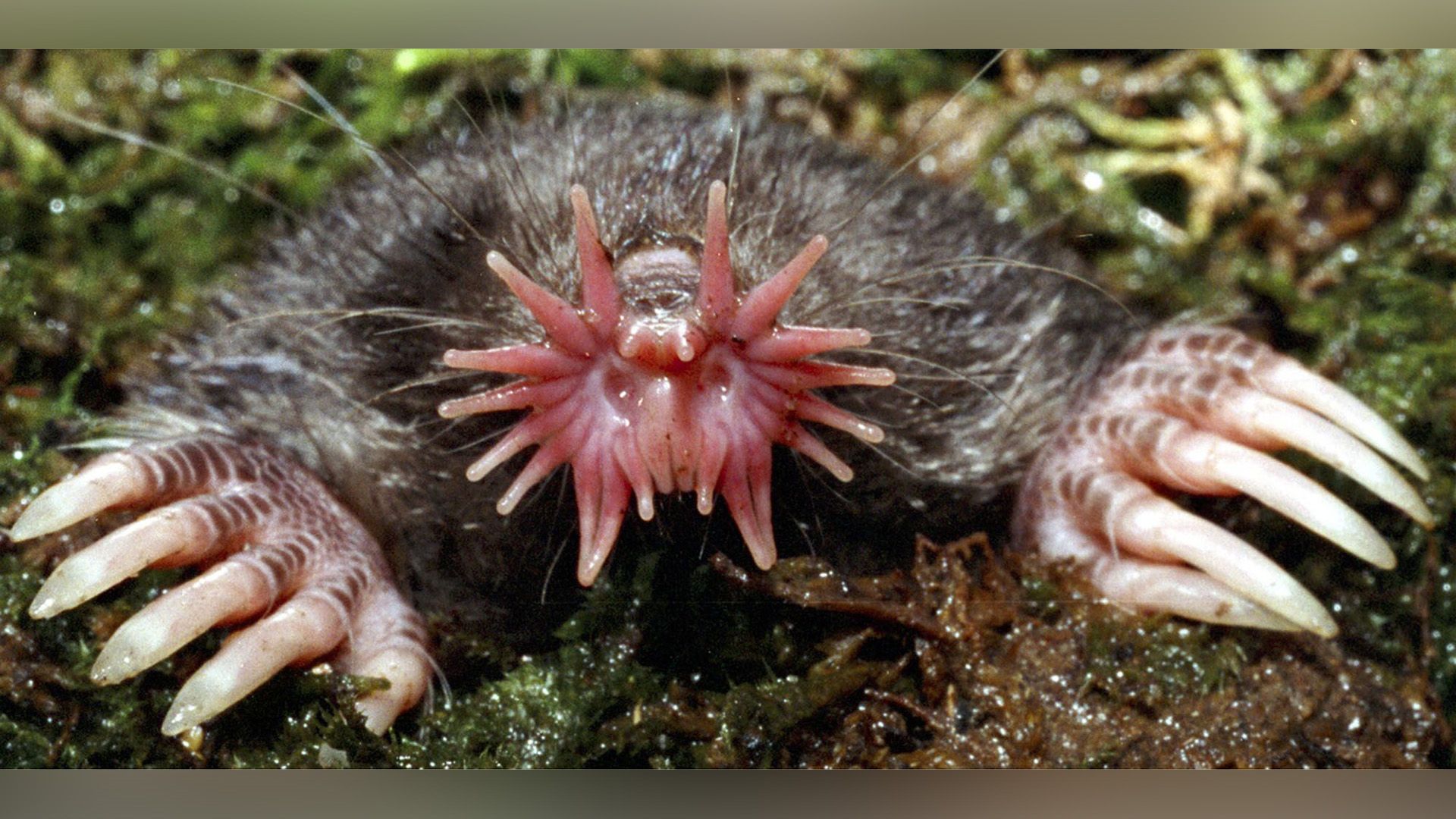
Anglerfish (Lophiiformes)
These deep-sea fish are known for their frightening appearance and unusual hunting method. Female anglerfish have a growth on their heads resembling a fishing rod with a "lantern" at the end, which serves as bait for prey.This "lantern" glows due to a symbiotic relationship with bioluminescent bacteria. Male anglerfish are much smaller than females and often become parasitic on them, attaching to the female's body and merging with her circulatory system.
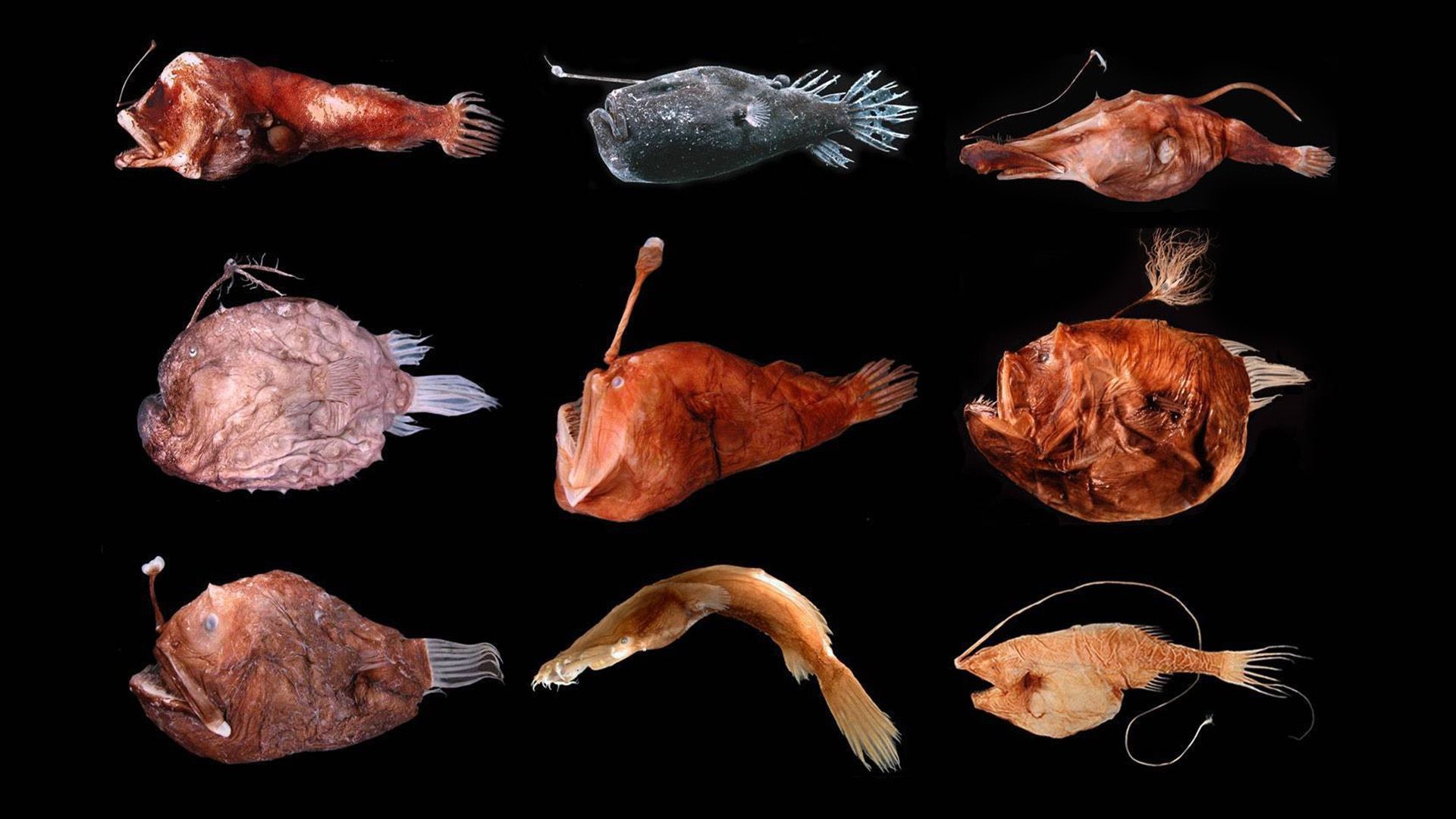
Blobfish (Psychrolutes marcidus)
Living in the depths of the sea, the blobfish has a gelatinous body and a "facial" expression that many consider to be grumpy. This melancholic appearance has turned it into a popular meme on the internet.Its unusual appearance results from adapting to the immense pressure of the considerable depths where it resides.
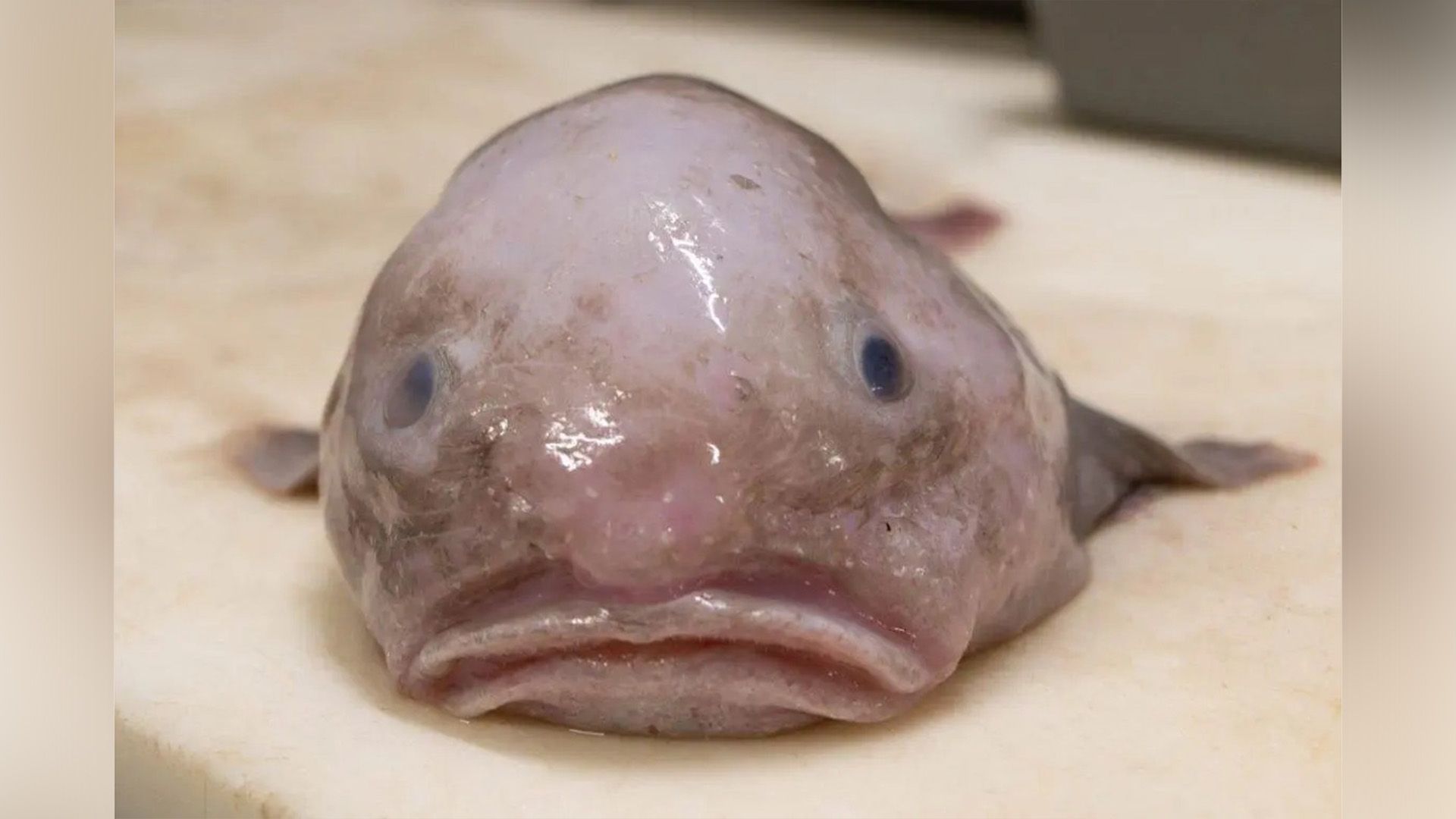
Naked Mole-Rat (Heterocephalus glaber)
This rodent, which lives in East Africa, is impressive due to its unusual physiology. Firstly, it is almost completely hairless, with wrinkled pink skin and sparse hairs that function as sensory organs.Secondly, naked mole-rats are cold-blooded mammals, which is a significant rarity.
Thirdly, they possess an astonishing resistance to cancer and pain. Additionally, naked mole-rats live in colonies similar to ants and bees, with a queen and a few breeding males.
